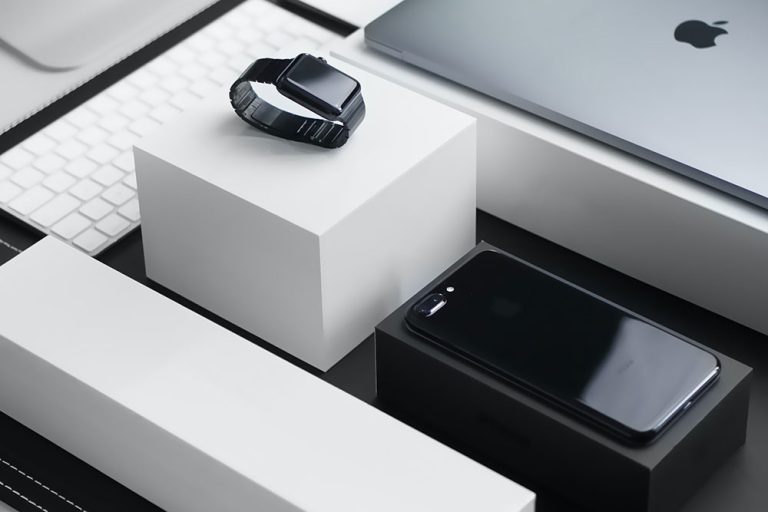Graphics Processing Unit (GPU)
Our glossary explains basic terms and abbreviations relating to mobile working, the use of smartphones and tablets in the corporate environment (Enterprise Mobility) and security aspects in the use of mobile devices.
GPU (Graphics Processing Unit)
Graphics processor of smartphones/tablets
The GPU (Graphics Processing Unit) is a dedicated graphics processor in mobile devices. Its main task is to support the smartphone processor (CPU) in displaying 3D data. This includes image processing, games, animations, VR applications and augmented reality.
A strong GPU affects the performance of the entire device and can also significantly improve energy efficiency, for example, so that the battery capacity is exhausted more slowly. With the constantly increasing specifications of mobile devices, especially due to ever higher display and camera resolutions, the role of the GPU is becoming more and more important.
Accordingly, improved models are constantly entering the market. In system-on-a-chip (SoC) designs, the GPU is laser-cut into a chip together with the main processor and other components (multimedia processor, LTE modem, signal processor).
GPU manufacturers
GPUs are offered by a variety of manufacturers. Here are some of the biggest players and their main GPU model lines.
| Manufacturer | Model series | Example/associated chipset/phone |
| Nvidia | announced (as of 2023) | |
| ARM | Mali/Immortalis | Dimensity 9200; z. B. Motorola Edge 50 |
| Qualcomm | Adreno | Adreno 730 forSnapdragon 8+; z. B. Samsung Galaxy Z Flip 4 |
| Power VR | GT | Apple A10 Fusion, z. B. Apple iPhone 7 |
| Samsung | Xclipse | Exynos 2200, z. B. Samsung Galaxy S22 |
| Apple | Bionic GPU | Apple A14 Bionic; z. B. iPhone 12 |
GPU benchmarks
A clear ranking of current GPUs can be found at the colleagues of phoneworld.com.





